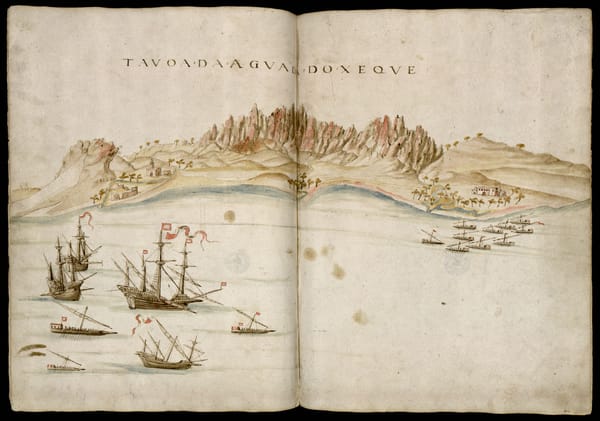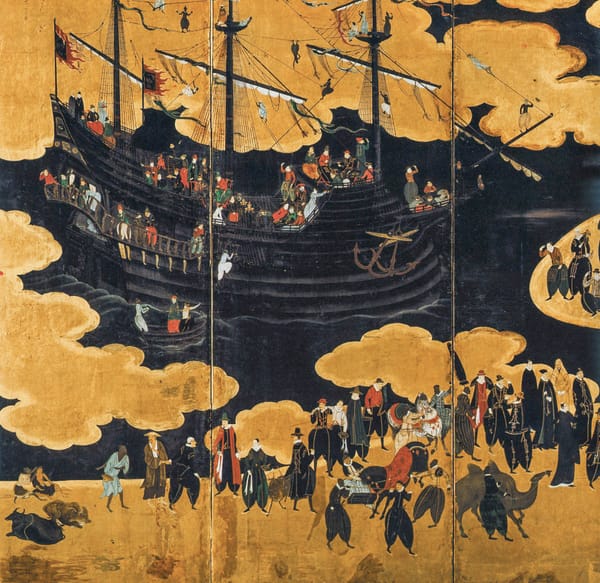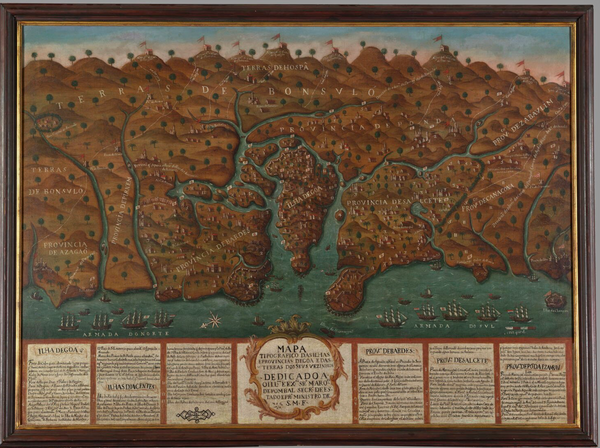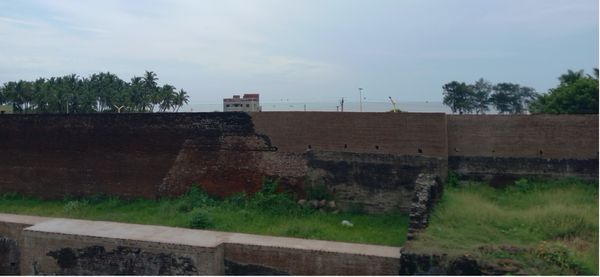Inland Factories and Hinterland-Maritime Connections
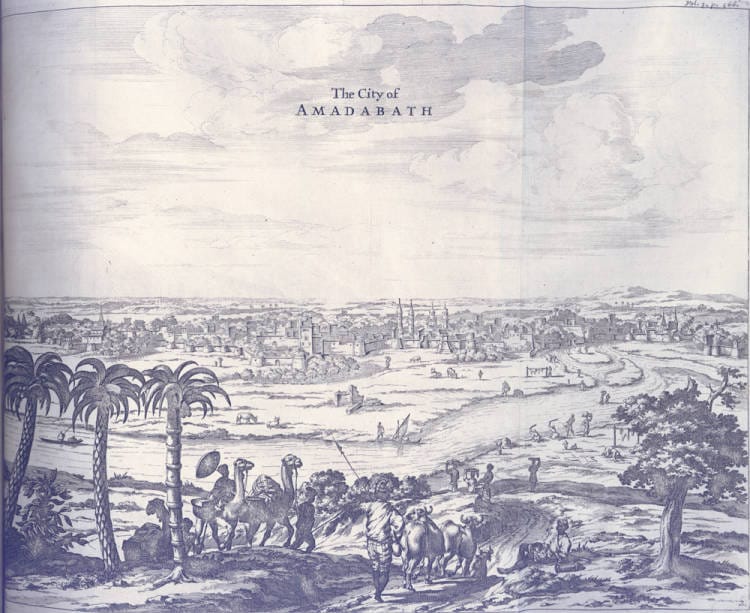
One of the misconceptions in studying the European factories of the Indian Ocean is to assume that they hugged the coasts. Arguably, this is a consequence of a wider maritime bias in the study of early modern Asia's economic history. Yet in several parts of South Asia, in particular, there were factories far inland. Here European agents sought to insert themselves in the lucrative caravan trade. As it does for so many aspects of early modern commercial capitalism, Gujarat in Western India supplies a useful case study for tracing connections between the caravan and maritime trades. As John Fryer remarked in his famous late seventeenth-century account of East India and Persia, several East India Company factories in the interior of Gujarat were subordinated to the 'presidency' of Surat (Fryer, A New account of East-India and Persia, 86). Chief among Surat's 'subsidiary' factories were those at Bharuch and Ahmedabad. As the Mughal capital of the province - ruled over, at one point or another, by many a Mughal heir apparent - this post will focus on Ahmedabad.
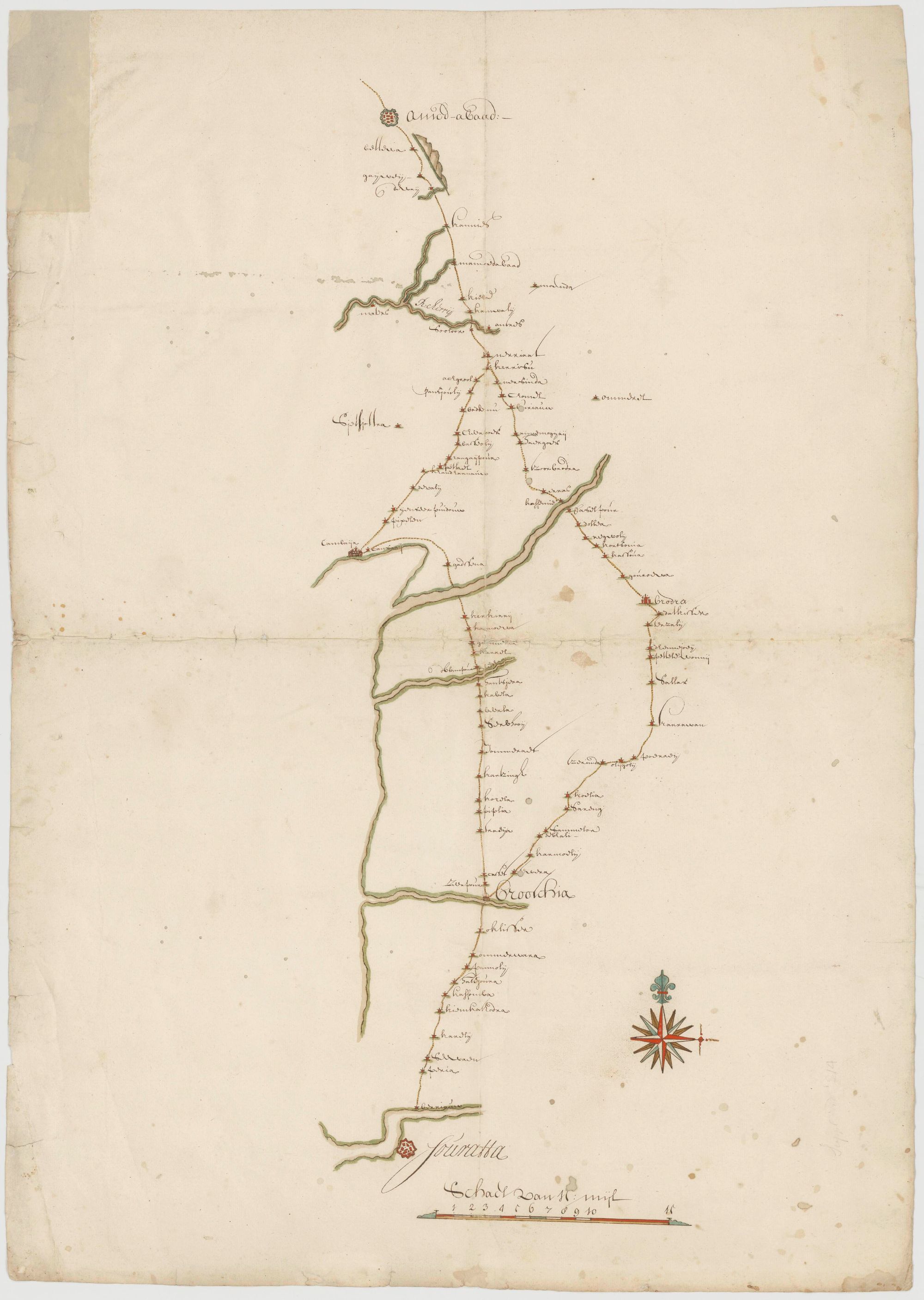
The famous seventeenth-century Dutch armchair geographer, Olfert Dapper, in his Asia, of naukerige beschryving van Het Rijk des Grooten Mogols described Ahmedabad (Amadabath) as the "capital and court-city of the kingdom of Surat" (Dapper, Asia, of naukerige beschryving, 281). It was an ancient city, Dapper stated, having already been mentioned by the Roman geographer Ptolemy. Thankfully, Dapper based his description on European accounts of more recent vintage. Among those features of the city that caught Dapper's wandering eye was Ahmedabad's bazaars: "There are also various Bazars or shops streets among which one is the largest called Bazari Kolam, which is the great Bazar or shopping street as distinct from another smaller. This is a very delightful wide, straight, and long street, populated on either side with shops of various trades and wares." Dapper then went on to describe the imposing Mughal fortress (most likely Bhadra Fort), said to rival the fortifications the Mughals had built at Kabul and Kandahar in Afghanistan. The fortress functioned in part as an assembly area for the local Mughal governor and the mansabdars, salaried Mughal military officers. Nevertheless, the accompanying plate for Ahmedabad in Dapper's text left much to be desired. Here one glimpses a pastiche of Chinese pagodas, Egyptian obelisks, and unintelligible graffiti in Arabic script (see figure below).
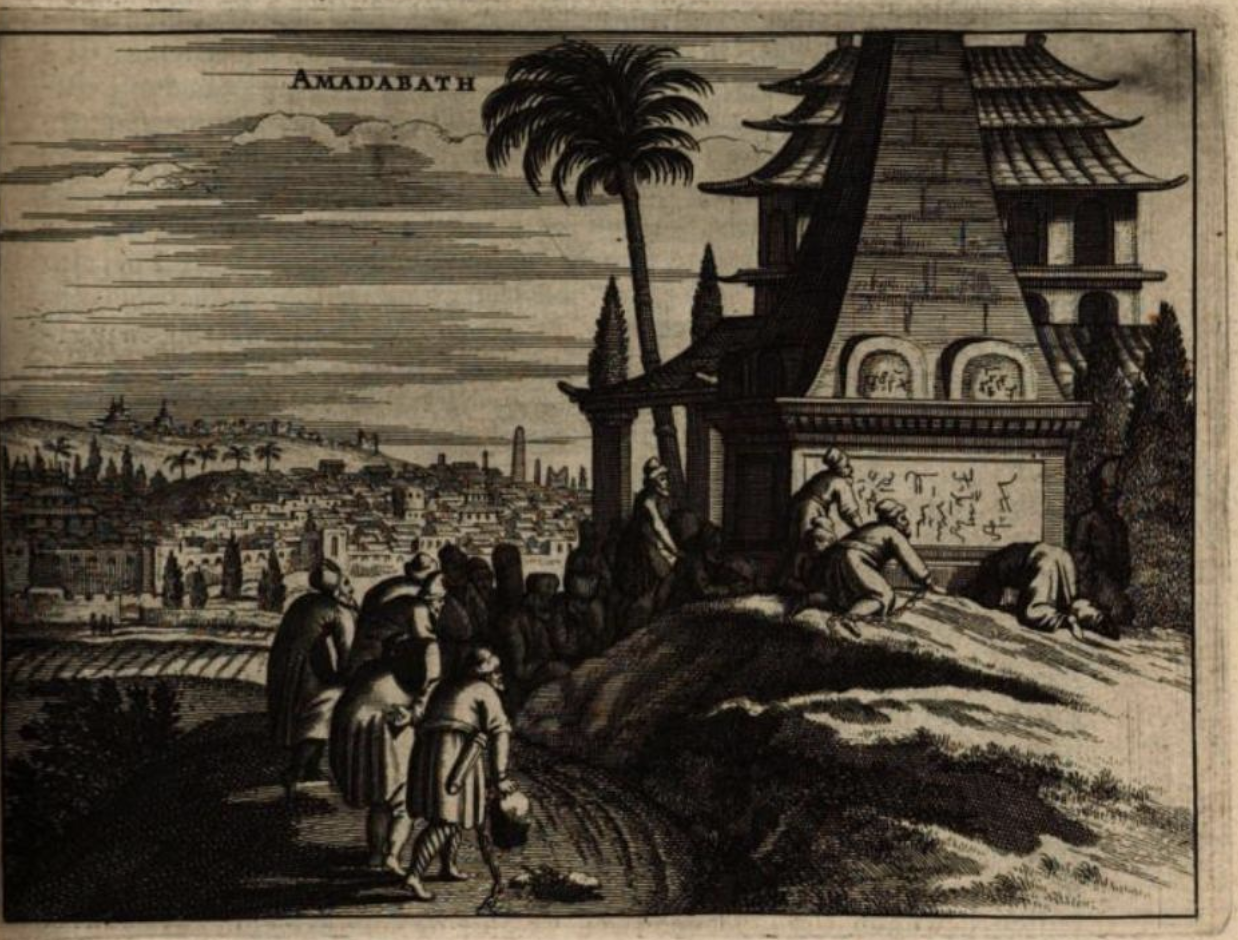
Though he appears not to have mentioned him, a source for Dapper's text was likely the posthumous 1647 account of Gujarat written by the VOC employee, Johan van Twist (van Twist, Beschrijving van Guseratte). As van Twist identified, Ahmedabad was a premier center for the processing of indigo (70). Saltpeter originating in Ajmer in Rajasthan, also arrived in Ahmedabad in sizable quantities (71). Far from being a 'subsidiary' location in the interior, Ahmedabad's economic traffic was pivotal to Surat's deserved reputation as the economic center of the Western Indian Ocean.
The ambition to break into this lucrative market led to the establishment at Ahmedabad of factories by the English and Dutch East India Company in the 1610s. A Dutch traveler in the 1640s noted the presence of a VOC and EIC factory (the former consisting of nine men and boys, the latter seven) in the city (De Beschryving der Reizen van Georg Andriesz, 24). Nevertheless, in 1661 the East India Company's Surat factory was instructed by the Court of Committees to shut down the Ahmedabad factory, along with those at Agra, Mokha, and Basra, supposedly to reduce overhead costs (K.N. Chaudhuri, The Trading World of Asia and the English East India Company, 1660-1760, 47). Yet Ahmedabad was too indispensable in wider circuits of economic exchange emanating out of Gujarat for the EIC to stay away for long. It is not exactly clear when the Company re-established its factory at Ahmedabad, but in 1744 instructions were again sent out to abandon the site in the wake of Maratha attacks on the city (Om Prakash, European Commercial Enterprise in Pre-Colonial India, 301-302). This marked the beginning of a long period of economic contraction for Ahmedabad.
In the colonial period Ahmedabad would gain a reputation as a modern industrial hub, particularly for its array of Indian-owned industrial enterprises. In many senses, this was a revivification of proto-industrial processes integral to the period of Mughal rule, processes which had fallen into abeyance in the wake of Mughal collapse and the advent of colonial hegemony. Thus, one might say that the modern industrial factories of Ahmedabad's late nineteenth-century revived the spirit of the two types of predecessor factories (the indigenous karkhana and European trading post) that were integral features of the city's early modern economic landscape.
As hinted at in the introduction to this post, Ahmedabad's reputation as a nexus of the Mughal-era caravan and maritime trades suggests that the European presence along the coasts must not overshadow the enormous scale of economic activity in the interior regions of Asia. The English and Dutch factories in Ahmedabad - to say nothing of Surat - were blips on the radar of a rich tapestry of Asian capitalist enterprise still scarcely understood by historians.
Sources
Adam Olearius trans., De Beschryving der Reizen van Georg Andriesz door Adam Olearius (Amsterdam: Jan Rieuwertsz en Pieter Arentsz, 1670).
K.N. Chaudhuri, The Trading World of Asia and the English East India Company, 1660-1760 (Cambridge: Cambridge University Press, 1978).
Olfert Dapper, Asia, of naukerige beschryving van Het Rijk des Grooten Mogols: En un groot gedulte van Indiën (Amsterdam: Jakob van Merus, 1672).
John Fryer, A New account of East-India and Persia... (London: R.I. Chiswell, 1698).
Johan van Twist, Beschrijving van Guseratte, dat is: Cort verhael van de regering, ceremoniën, handel, vruchten en gelegentheyt van 't coninckrijck van Guseratte, staende onder de beheersching van ... coninck Chanziahan, anders genaemt den grooten Magoll (Amsterdam: Henderick Doncker, 1647).


